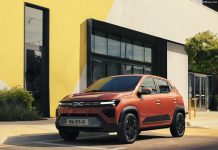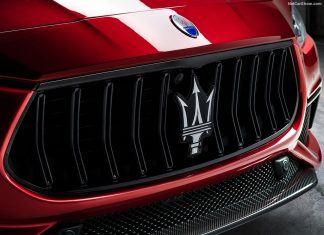Romanian Car Market in 2025 stays on downward path. YTD figures up to September fell 6%, with Hyundai falling 12.7% into 6th. EV performance was affected broader downturn, reporting loss of 25.9%.
Economic Environment
Automotive Industry Trend and Outlook
The Romanian car market dropped 6% up to September 2025, reaching 108,587 units.
Brand-wise, the leader was still Dacia with a 28.6% share (-9.3%), followed by Toyota in 2nd with a share of 9.5% (+3.1%) and Skoda -up 1 spot- in 3rd with a 7.6% share (+9.5%).
Volkswagen -up 1 spot- ranked in 4th (-3.3%), followed by Renault -up 1 spot- in 5th (-6.1%) and Hyundai -down 3 spots- in 6th
Looking at specific models, reported in the dedicated article, the Dacia Logan was still the best seller despite a 10.5% decrease in year-on-year sales, followed by the Dacia Duster in 2nd down 14.4%.
EV Market Trend and Outlook
Romania’s EV market keeps contracting in 2025, losing 32.7% to just 4% of total car sales up to September. Still affected by the subsidy cut in 2024, Romania’s government reinstated a higher eco-bonus, hinting at a possible future revival of demand in 2025.
Dacia stayed on top despite losing 47.1%, followed by Tesla, which dropped 69.2%. Hyundai, contrary to its overall performance, posted positive EV growht, up 4 spots and 89.4%.
Medium-Term Market Trend
The Romanian car market experienced substantial growth between 2014 and 2019, with new vehicle registrations increasing from 70,172 to 161,533 units. This surge, more than doubling sales, was driven by economic growth, and government incentives such as the “Rabla” scrappage program, which encouraged the introduction of newer, more efficient models.
However, the market faced a significant setback in 2020 due to the COVID-19 pandemic, leading to a 22% decline in sales to 121,199 units, as lockdowns and economic uncertainty dampened consumer demand. Recovery ensued over the next three years, with sales reaching 142,477 units in 2023 and 149,041 units in 2024, marking a 5% year-on-year increase.
Despite the overall market recovery, EV adoption in Romania remained limited. In 2024, only 9,795 EVs were sold, representing a 32.2% decrease from the previous year and accounting for just 6.48% of the total market share. This decline was primarily due to a reduction in government subsidies under the “Rabla Plus” program, which had previously offered significant incentives for EV purchases.
Tables with sales figures
In the tables below we report sales for all Brands, top 10 Manufacturers Group and top 10 Models











